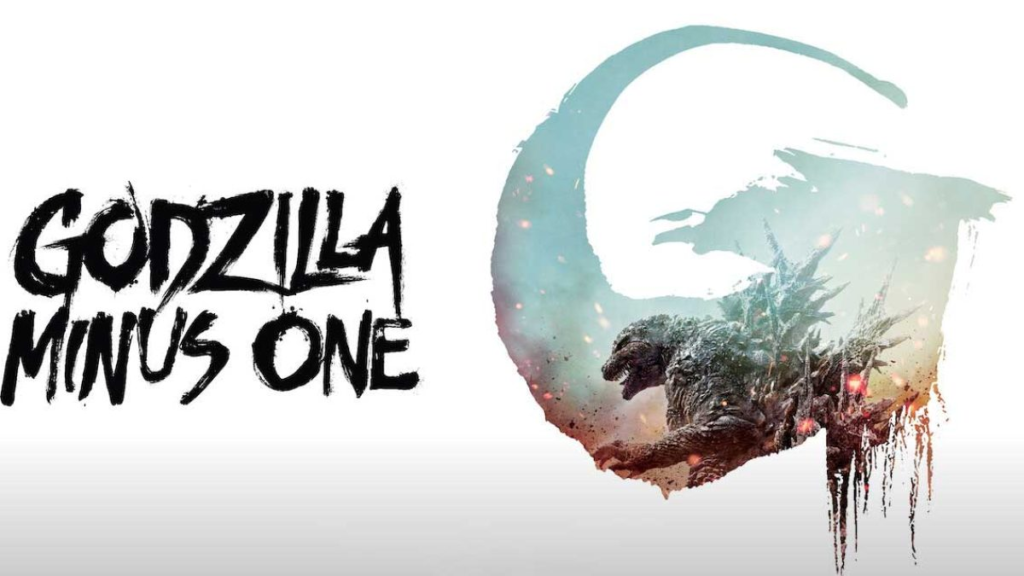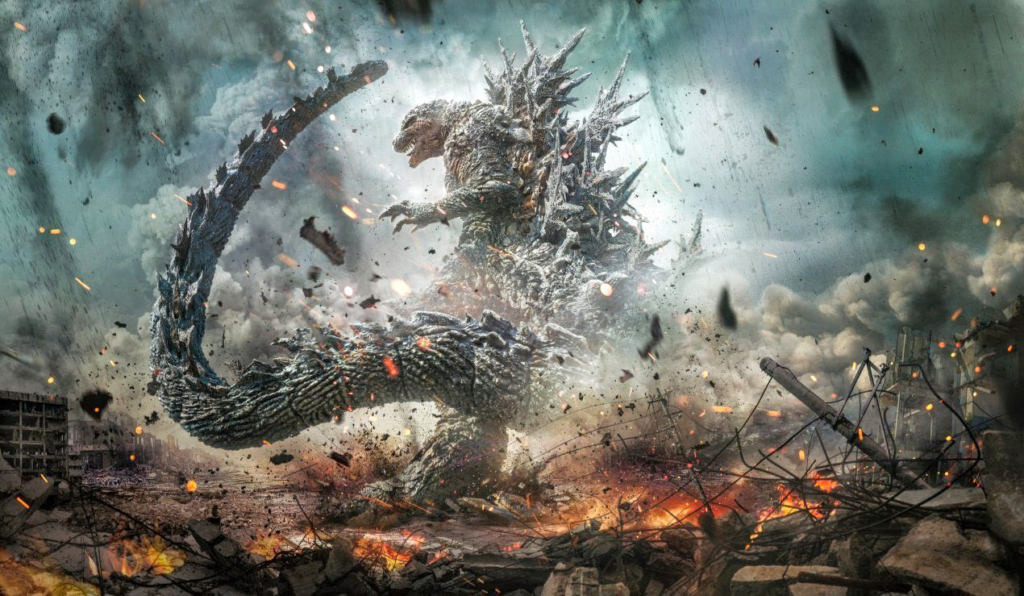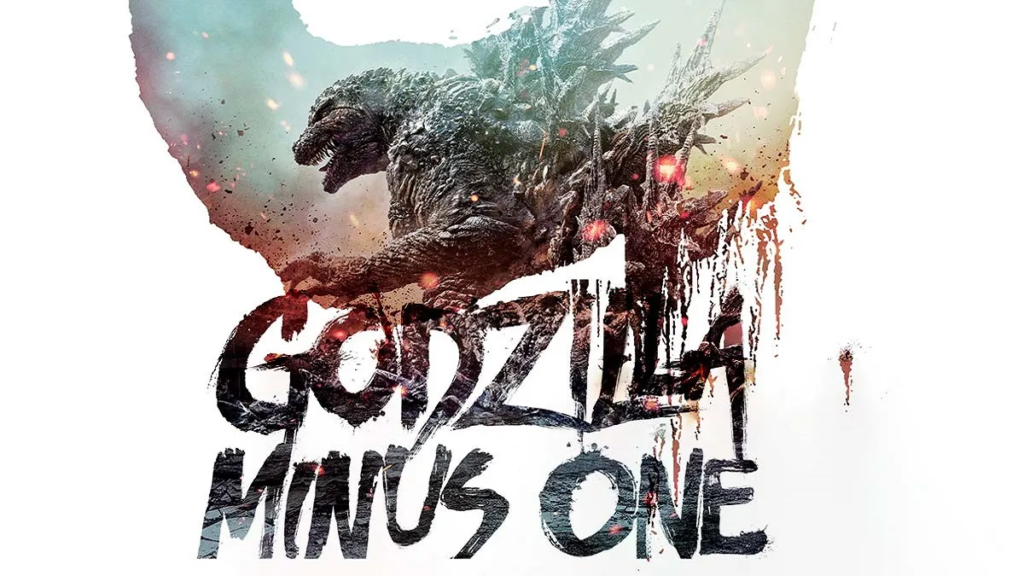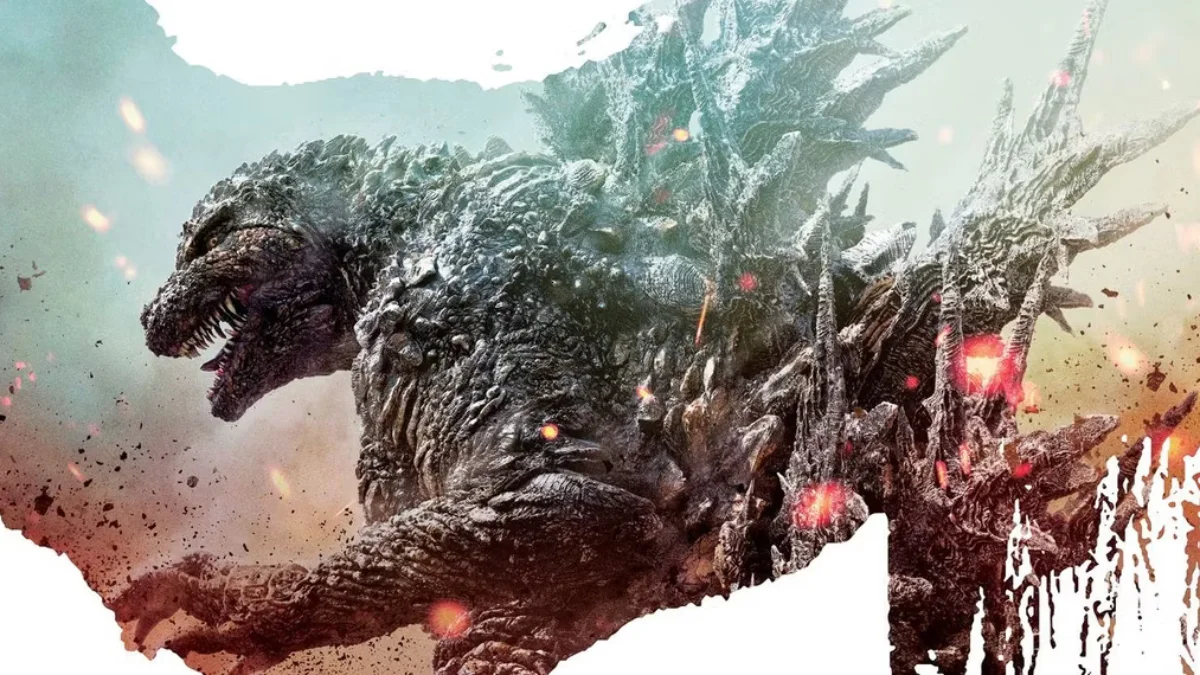The “Godzilla” franchise, known for its thrilling monster battles and deep metaphors, has always captivated audiences worldwide. Over the decades, the iconic giant lizard has evolved from a destructive force into a symbol of nature’s wrath, human resilience, and often, hope. The latest addition to this legendary series, “godzilla minus one banner,” sets the bar higher by incorporating a unique narrative that redefines what a Godzilla movie can be. As we unpack this latest banner entry, we delve into how this new chapter revitalizes the long-standing franchise while providing fresh insights into the monster’s place in modern storytelling.
The Premise of “Godzilla Minus One”
Set in post-war Japan, “godzilla minus one banner” introduces a nation grappling with the aftermath of World War II, barely recovering from nuclear devastation. Just when Japan begins to take baby steps towards reconstruction, a new menace emerges from the seas—Godzilla. The film’s title, “Minus One,” is reflective of the devastation that ensues. Instead of merely starting from zero, the country is pushed into negative territory, symbolizing how Godzilla’s reappearance obliterates whatever fragile progress Japan had made.
One of the standout aspects of “godzilla minus one banner” is the way it utilizes its setting and timeframe. Set during the early post-war years, the film taps into the deep-rooted trauma Japan experienced following the bombings of Hiroshima and Nagasaki. The Godzilla franchise has long been a metaphor for nuclear destruction, and this film reemphasizes that symbolism, reminding audiences of the horrors of unchecked human advancement. The backdrop of a country already on its knees makes Godzilla’s arrival all the more terrifying.

Reimagining Godzilla’s Role
Unlike previous films where Godzilla fluctuates between a destructive monster and a reluctant protector, “godzilla minus one banner” leans heavily into the original concept of Godzilla as a force of chaos. In this movie, he is not a protector or anti-hero; he is a force that annihilates, leaving nothing but destruction in his wake. Director Takashi Yamazaki wanted to bring back the terrifying, uncontrollable nature of Godzilla, much like his initial debut in the 1954 film, which was a direct commentary on the nuclear attacks on Japan.
This portrayal of Godzilla as an unstoppable juggernaut adds a layer of tension and stakes to the film. The characters are not simply facing a monster—they are battling a force that feels almost apocalyptic. The imagery of Godzilla in this film is designed to induce awe and terror simultaneously, and Yamazaki succeeds in reminding the audience why Godzilla is still one of the most enduring and feared movie monsters of all time.
Themes of Loss and Rebirth
While “godzilla minus one banner” focuses heavily on destruction, it is equally about survival and rebirth. The Japanese characters in the film represent a nation struggling to rebuild from the ashes of war, a narrative arc that resonates deeply with the audience. Each city that Godzilla destroys symbolizes yet another loss, not just of life but of hope. But it’s in this struggle against overwhelming odds that the core message of “godzilla minus one banner” becomes evident: the resilience of the human spirit.
Godzilla may be a symbol of devastation, but the humans in the film fight back not just with weapons, but with their will to survive and rebuild. This stark contrast between destruction and the determination to recover adds depth to the film’s emotional landscape. The monster may destroy buildings and cities, but it cannot eradicate the resolve of the people.

Special Effects and Cinematography
“godzilla minus one banner” boasts some of the most spectacular special effects seen in any Godzilla movie to date. The film’s use of CGI (Computer-Generated Imagery) is groundbreaking, giving Godzilla a terrifyingly realistic appearance. Every scale, roar, and movement of the giant lizard is rendered with painstaking detail, making Godzilla seem more lifelike than ever. The scenes of destruction, where Godzilla wreaks havoc on cities, are both awe-inspiring and terrifying, thanks to the incredible visual effects.
Cinematographer Koji Ueno has captured the grandeur and menace of Godzilla in wide, sweeping shots, making the creature feel truly colossal and overwhelming. The decision to film many scenes from a human perspective adds to the feeling of helplessness and fear that the characters experience as they face down this unstoppable force. The destruction is not just shown on a grand scale, but also from intimate, close-up moments that showcase the human cost of Godzilla’s rampage.
Soundtrack: A Haunting Echo
The music of “godzilla minus one banner” also plays a pivotal role in setting the tone for the film. Composer Naoki Sato has crafted a score that beautifully complements the film’s narrative, alternating between melancholic, haunting melodies and pulse-pounding, high-energy tracks. The soundtrack underscores the themes of loss, destruction, and eventual rebirth, with a particular emphasis on the scale of the devastation that Godzilla brings.
The sound design of Godzilla itself is another highlight. The creature’s iconic roar has been updated and amplified to make it sound even more terrifying. The soundscape of the film ensures that viewers feel every footstep, every roar, and every building that crumbles under Godzilla’s immense weight.
Legacy and Impact
As the newest entry in a franchise that has spanned over 60 years, “godzilla minus one banner” does an excellent job of balancing nostalgia with innovation. Long-time fans of the series will appreciate the callbacks to earlier films, especially the original 1954 classic, while new viewers will find a fresh take on the character and his world.
This film also reaffirms Godzilla’s place in popular culture. As global concerns about climate change, nuclear weapons, and environmental degradation grow, the relevance of a character like Godzilla, who symbolizes the wrath of nature and the consequences of human hubris, becomes even more poignant. “godzilla minus one banner” acts as a stark reminder of the cost of human error and the fragile balance between progress and destruction.

In many ways, the film serves as a commentary on the world’s current struggles—whether it’s recovering from natural disasters, dealing with the fallout of war, or confronting the consequences of technological advancements. godzilla minus one banner presents a world where humanity is always on the brink, yet somehow, through perseverance and unity, survives.
A Return to the Core of Godzilla
In conclusion, “godzilla minus one banner“ successfully reclaims Godzilla’s roots as a powerful symbol of destruction while adding layers of emotional depth and cinematic beauty. The film’s narrative resonates with real-world struggles, making it much more than just another monster movie. It’s a reflection of humanity’s constant battle between creation and destruction, progress and regression. With its masterful storytelling, exceptional special effects, and thought-provoking themes, “godzilla minus one banner” stands out as a pivotal entry in the Godzilla franchise, ensuring that the legacy of the King of the Monsters will continue to roar on for generations to come.
Whether you’re a long-time fan or a newcomer to the series, “godzilla minus one banner” offers a compelling and visually stunning experience that captures the essence of what makes Godzilla such an enduring and powerful icon in film history. As the banner of hope and destruction, Godzilla stands as a reminder that even in the face of insurmountable odds, humanity can rebuild and rise from the ashes.
